#hisashi igawa
Text
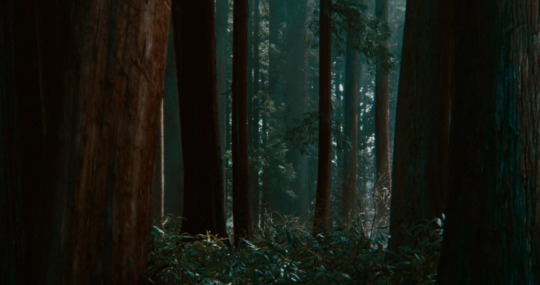
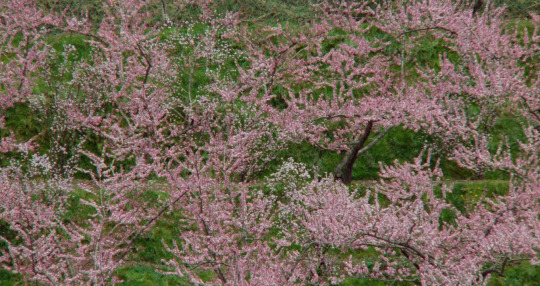
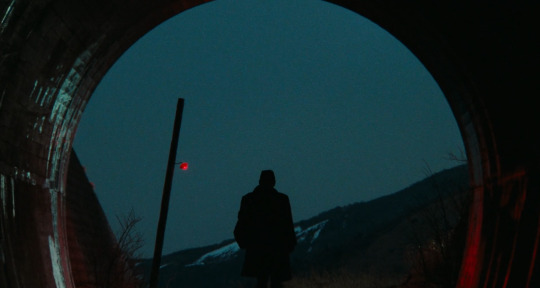




夢, (1990) Dir. Akira Kurosawa
#dreams#夢#akira kurosawa#akira terao#mitsuko baisho#toshie negishi#mieko harada#mitsunori isaki#toshihiko nakano#yoshitaka zushi#hisashi igawa#chosuke ikariya#movie stills#movieedit#filmedit#cinema#screencaps#cinematography#cinephile#film photography#movie#cinemetography#mine#films
176 notes
·
View notes
Photo

Hisashi Igawa (井川比佐志) and Meiko Kaji (梶芽衣子) on the set of Double Suicide Of Sonezaki (曽根崎心中), 1978, directed by Yasuzo Masumura (増村保造).
#Meiko Kaji#梶芽衣子#Yasuzo Masumura#Hisashi Igawa#Double Suicide Of Sonezaki#Love Suicides In Sonezaki#Double Suicide In Sonezaki#曽根崎心中#増村保造#井川比佐志#behind the scenes
33 notes
·
View notes
Photo

Bullet Ballet - Shinya Tsukamoto 1998
23 notes
·
View notes
Photo
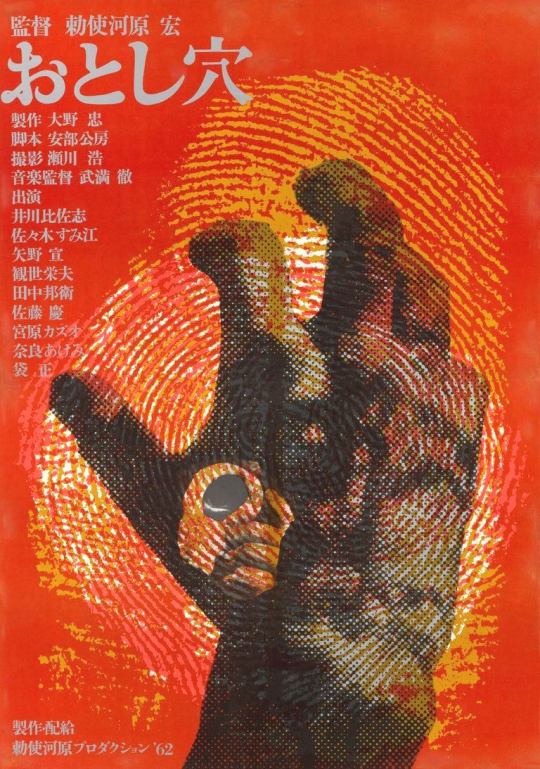


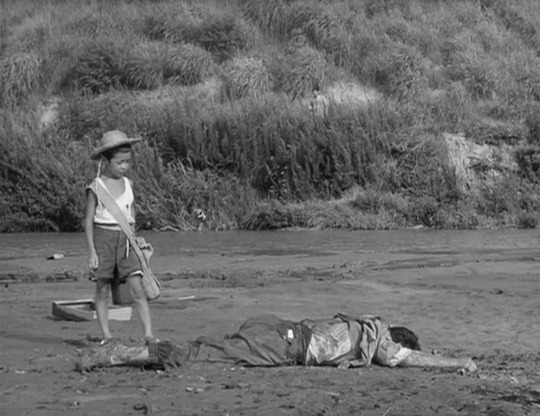


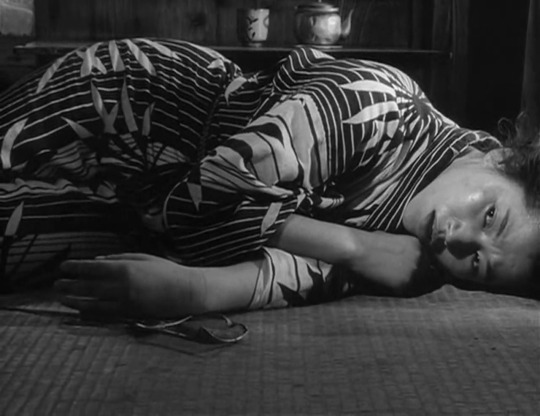


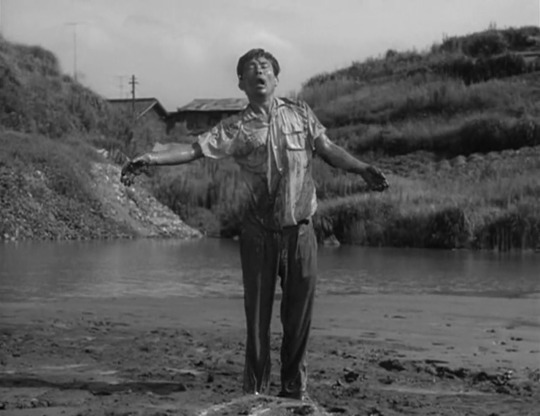
Pitfall / Otoshiana (1962, Hiroshi Teshigahara)
おとし穴 (勅使河原)
11/6/22
#Pitfall#Otoshiana#Hiroshi Teshigahara#Kobo Abe#Japanese#New Wave#Japanese New Wave#60s#Hisashi Igawa#Sumie Sasaki#Sen Yano#Hideo Kanze#Kunie Tanaka#Kei Sato#crime#fantasy#ghosts#afterlife#murder#mine#ghost town#mining#working class#union#power struggle#Toru Takemitsu#deserters#mistaken identity#doppelganger
8 notes
·
View notes
Text

Hisashi Igawa in Pitfall (Hiroshi Teshigahara, 1962)
Cast: Hisashi Igawa, Sumie Sasaki, Kazuo Miyahara, Kunie Tanaka, Sen Yano, Kei Sato. Screenplay: Kobo Abe, based on his teleplay. Cinematography: Hiroshi Segawa. Production design: Kiyoshi Awazu. Film editing: Fusako Shuzui. Music: Toshi Ichiyanagi, Yuji Takahashi, Toru Takemitsu.
Hiroshi Teshigahara's first feature film, and the first in his trilogy of collaborations with writer Kobo Abe that also includes Woman in the Dunes (1964) and The Face of Another (1966), is a fascinating blend of documentary realism and fantasy, a murder mystery and a ghost story. Set in the coal-mining region of Kyushu, the southernmost of the Japanese islands, it follows a miner (HIsashi Igawa) who travels around looking for work, accompanied by his young son (Kazuo Miyahara). He is surprised one day to be offered a job by a company he had never worked for before, hired on the basis of a photograph he didn't know had been taken of him. When he reports to the location he finds only a deserted village, whose sole resident appears to be a woman (Sumie Sasaki) who runs a candy shop. She explains that the mine shut down after a cave-in, and that she's owed some money and is waiting there for word from a man she knows. When he sets out to look for whoever summoned him there, he is followed by a man (Kunie Tanaka) wearing a white suit and carrying a briefcase. Unnerved by this silent follower, he begins to run, but the man at first keeps pace with him and then draws a knife from his briefcase and stabs the miner to death, then tosses the knife into the nearby marshes. Returning to the village, the man gives the shopkeeper a large amount of money and gives her detailed instructions on what to tell the police when they arrive, including a precise description of the murderer. And then the fantasy begins: The miner's ghost arises from his corpse and discovers he can't communicate with the living. Moreover, when the police and reporters arrive at the crime scene, they identify the victim as Otsuka, the head of a miners' union working nearby. Otsuka (Igawa) is a doppelgänger for the murdered miner. And so the complications mount, as we learn that Otsuka's union is at odds with a rival union headed by Toyama (Sen Yano). More deaths take place and other ghosts appear, some, like the miner, filled with frustration that they can't help reveal the truth about their murders. Finally, the only living person who knows what really took place is the miner's young son, who has witnessed the various murders. But the film ends with the orphaned boy setting out on a road that extends off to the horizon, carrying his secrets into an unknown future. Hiroshi Segawa's eloquent black-and-white cinematography and the minimalist, percussive score composed by Toshi Ichiyanagi, Yuji Takahashi, and Toru Takemitsu -- the last-named, a frequent collaborator with Teshigahara, is credited as "sound director" -- give the film its fine, nervous edge.
2 notes
·
View notes
Photo

Rhapsody in August
directed by Akira Kurosawa, 1991
#Rhapsody in August#Akira Kurosawa#movie mosaics#Hisashi Igawa#Narumi Kayashima#Sachiko Murase#Tomoko Otakara#Mitsunori Isaki#Toshie Negishi#Hidetaka Yoshioka#Choichiro Kawarazaki#Mieko Suzuki#Richard Gere
1 note
·
View note
Text

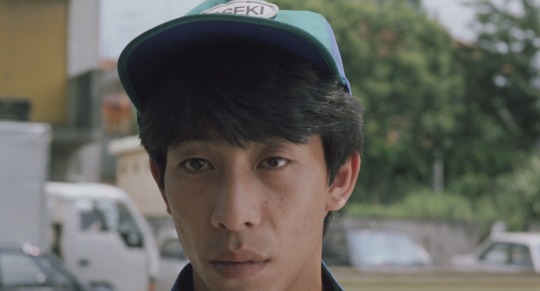
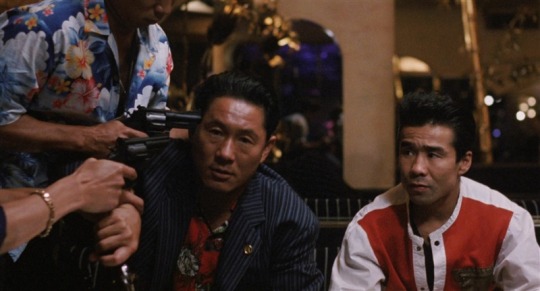
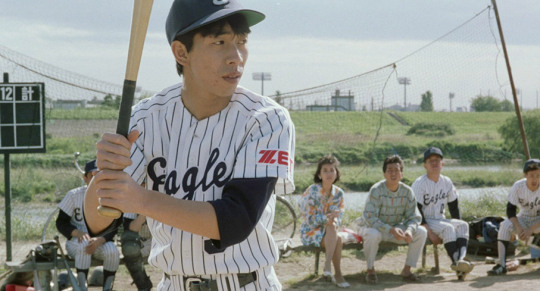

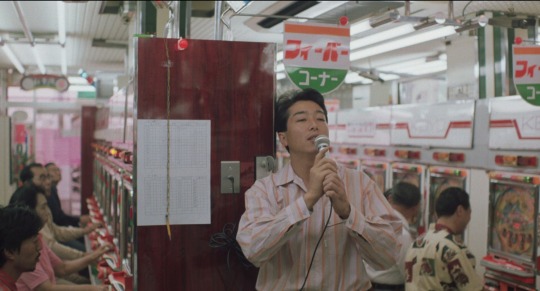
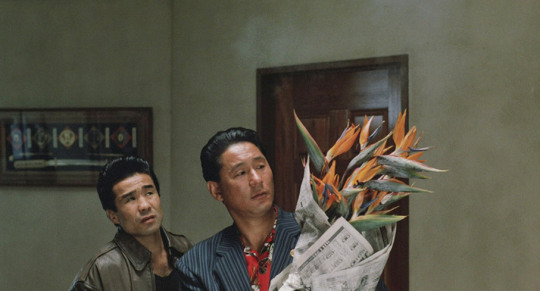

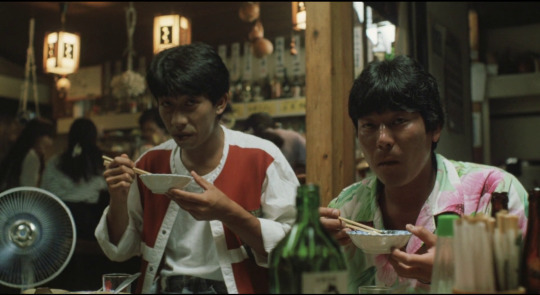

San tai yon ekkusu jugatsu (Boiling Point, 1990)
"Cut your finger off."
"Why do I have to do it?"
"You shagged my girl."
"You told me to!"
"Don't do that even if I tell you to! Cut it off, now!"
#San tai yon ekkusu jugatsu#3-4 x jûgatsu#boiling point#japanese cinema#takeshi kitano#Yūrei Yanagi#yuriko ishida#taka guadalcanal#eri fuse#makoto ashikawa#rasshâ itamae#tsumami edamame#bannai matsuo#rakkyo ide#meijin serizawa#naoko shinohara#etsushi toyokawa#hitoshi ozawa#hisashi igawa#johnny ohkura#katsuo tokashiki#Kitano made his directorial debut at short notice‚ taking over for Kinji Fukusaku on Violent Cop‚ and in the process revealing himself as#an absolute natural behind the camera; this follow up was his first film as both director and writer‚ and if Violent Cop was surprising in#its confidence and assured hand‚ this is nearly alarming in just how good it is. an absolute masterpiece‚ a superbly realised study of both#provincial restlessness and low level crime‚ and the insanity and violence that bleeds into it through a series of seemingly minor actions#and coincidences. Kitano is fully in control‚ allowing for long static shots and disturbing stillness throughout much of the film‚#punctuated by flashes of bloody violence and unpredictable bleakness. as an actor he remains offscreen until almost exactly the#half way point‚ but when he appears (grotesque‚ drunken‚ an abusive and dangerous bully and yet somehow compelling and very nearly likable)#he changes everything and alters the whole direction of the action. it's an incredible performance in a film full of them‚ and afascinating#character (moreso for the perverse double act he has with his friend‚ handler‚ possible love interest‚ whipping boy Nito)
7 notes
·
View notes
Photo

Bad movie I have Hara Kiri 1962
#Hara Kiri#Shochiku#Tatsuya Nakadai#Akira Ishihama#Shima Iwashita#Tetsurô Tanba#Masao Mishima#Ichirô Nakatani#Kei Satô#Yoshio Inaba#Hisashi Igawa#Tôru Takeuchi#Yoshirô Aoki#Tatsuo Matsumura#Akiji Kobayashi#Kôichi Hayashi#Ryûtarô Gomi#Jô Azumi#Nakajirô Tomita#Shichisaburô Amatsu#Kenzô Tanaka#Shin Nakahara#Tsuneo Ikeda#Minoru Miyagi#Takaaki Kadota#Ichirô Yûki#Gen Takasugi#Satoshi Nishida#Tetsurô Komiyama#Shûichirô Narita
3 notes
·
View notes
Photo







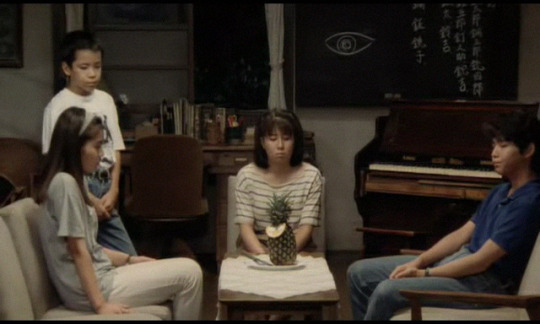
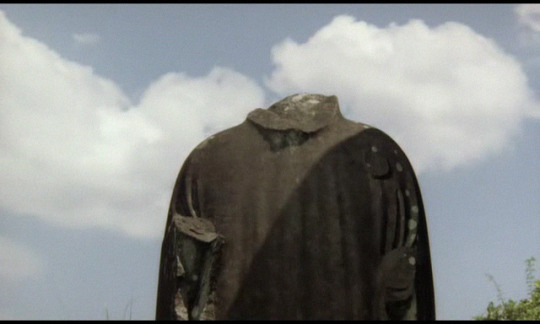

Films watched in 2020.
140: Rhapsody in August (Akira Kurosawa, 1991)
★★★★★★☆☆☆☆
#films watched in 2020#Rhapsody in August#akira kurosawa#kurosawa#seis#1991#Hachi-gatsu no rapusodî#Hachi-gatsu no rapusodi#Sachiko Murase#Hisashi Igawa#Narumi Kayashima#Tomoko Ôtakara#Hidetaka Yoshioka#Hachigatsu no kyôshikyoku#childhood#summer#nature#japan#eyes#drama#holocaust
251 notes
·
View notes
Text
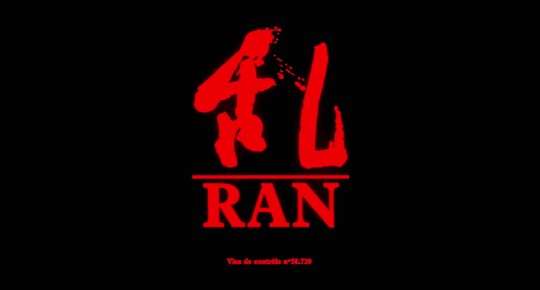

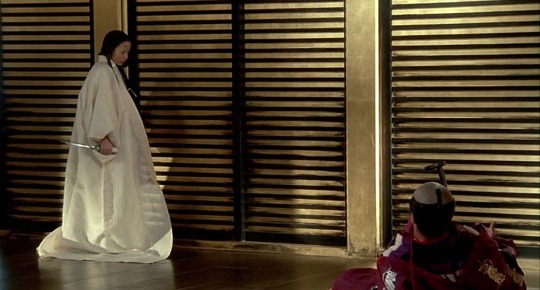
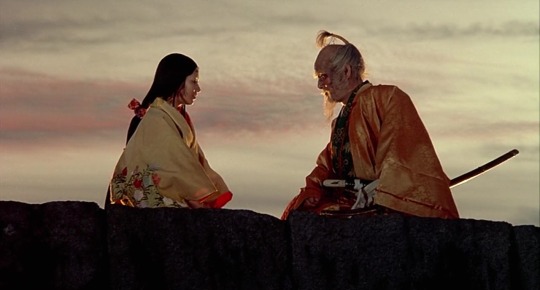

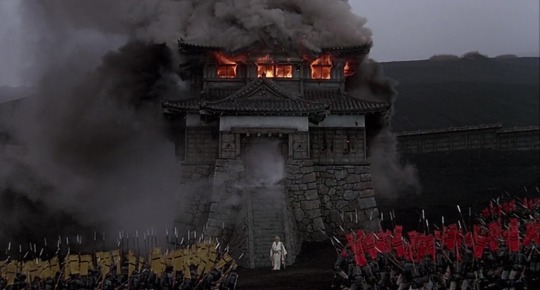
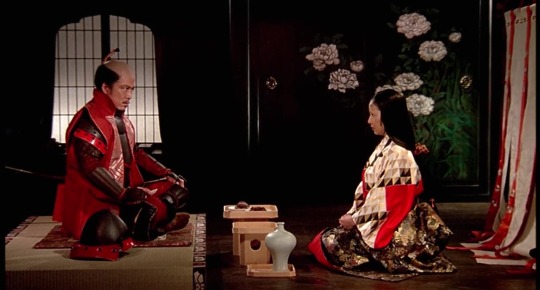

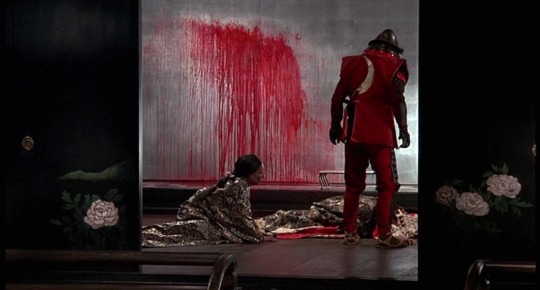

RAN (1985)
Director - Akira Kurosawa, Cinematography - Takao Saito, Masaharu Ueda & Asakazu Nakai
"In a mad world only the mad are sane."
#scenesandscreens#ran#akira kurosawa#Takao Saito#Masaharu Ueda#Asakazu Nakai#mansai nomura#Masayuki Yui#Kazuo Kato#Jun Tazaki#Hitoshi Ueki#Daisuke Ryu#Mieko Harada#Peter#Hisashi Igawa#Yoshiko Miyazaki#tatsuya nakadai#akira terao#Jinpachi Nezu
72 notes
·
View notes
Photo
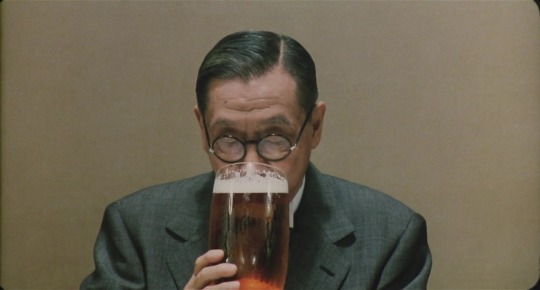




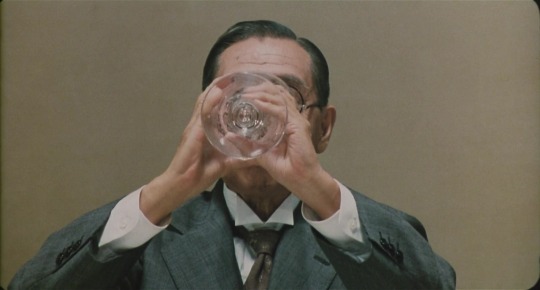


Madadayo | Akira Kurosawa | 1993
Tatsuo Matsumura, Akira Terao, George Tokoro, Asei Kobayashi, Hisashi Igawa, et al.
#Tatsuo Matsumura#Akira Terao#George Tokoro#Asei Kobayashi#Hisashi Igawa#Akira Kurosawa#Kurosawa#Madadayo#1995
201 notes
·
View notes
Photo









Bullet Ballet (1998)
dr. Shinya Tsukamoto
#bullet ballet#shinya tsukamoto#tsukamoto shinya#kirina mano#tatsuya nakamura#takahiro murase#hisashi igawa#japanese movie
293 notes
·
View notes
Photo

Dodes’ka-den (1970). Various tales in the lives of Tokyo slum dwellers, including a mentally deficient young man obsessed with driving his own commuter trolley.
Told in vivid colour, this film is personal, emotional, evocative in all the ways Kurosawa films often are. The heart of this film is worn on its sleeve, and the effect is a brilliantly affecting series of viginettes and character studies that you’ll be thinking about long after the credits roll. 7.5/10.
#dodes'ka-den#dodeskaden#1970#Oscars 44#Nom: Foreign Film#Akira Kurosawa#Hideo Oguni#Shinobu Hashimoto#Shûgorô Yamamoto#Yoshitaka Zushi#Kunie Tanaka#Jitsuko Yoshimura#Hisashi Igawa#Tatsuo Matsumura#japan#japanese#class#poverty#romance#7.5/10
2 notes
·
View notes
Photo


6 notes
·
View notes
Photo
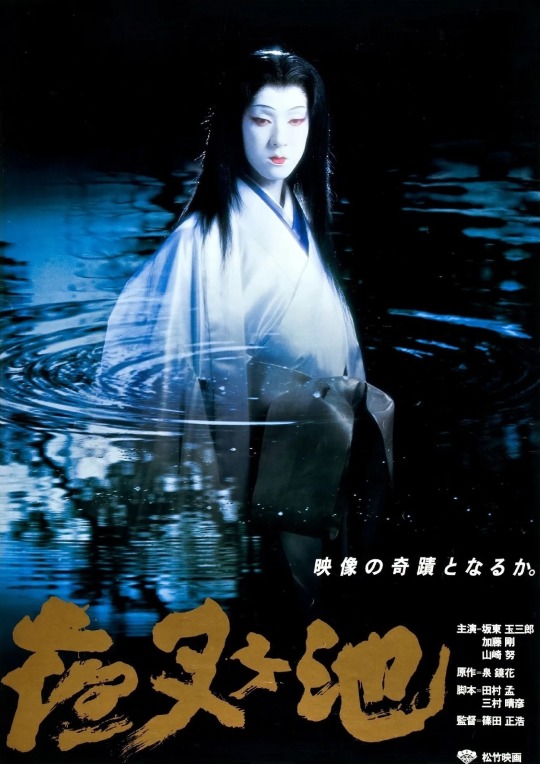
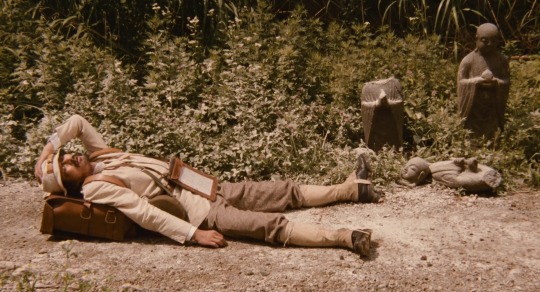

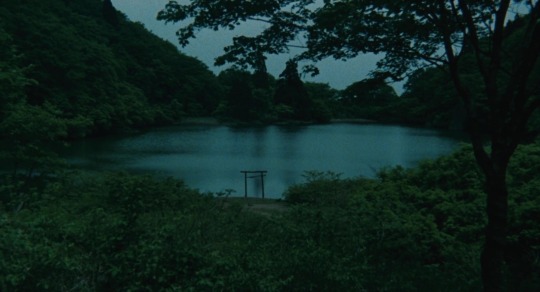
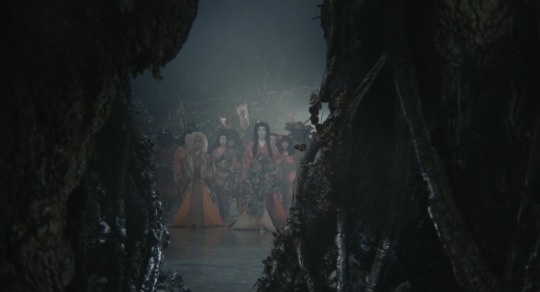
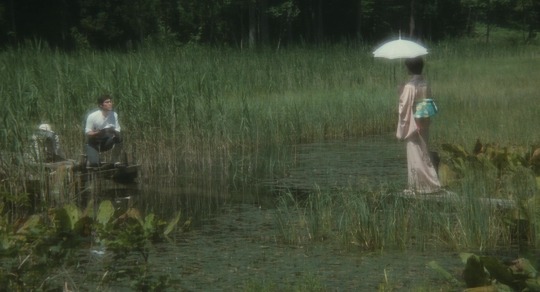
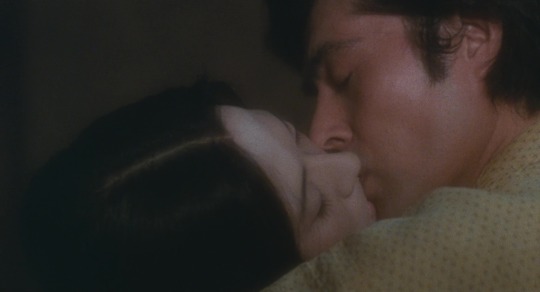
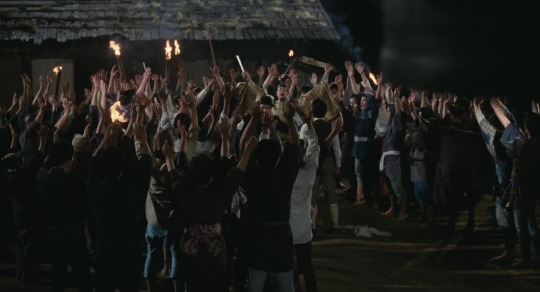

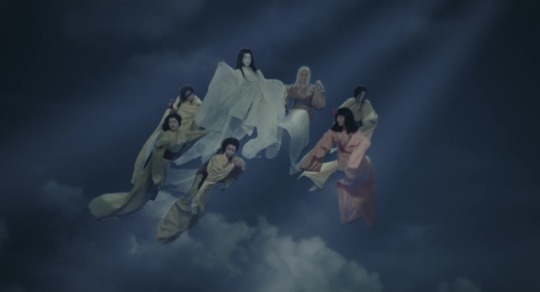
Demon Pond / Yashagaike (1979, Masahiro Shinoda)
夜叉ゲ池 (篠田正浩)
2/12/22
#Demon Pond#Yashagaike#Masahiro Shinoda#Tamasaburo Bando#Go Kato#Tsutomu Yamazaki#Koji Nanbara#Yatsuko Tan'ami#Hisashi Igawa#Norihei Miki#Kyoka Izumi#Juro Kara#Ryunosuke Kaneda#Japanese#70s#stage adaptation#kabuki#folklore#superstition#village#pond#water#drought#spirits#yokai#kaidan#supernatural#old friends#flood#human sacrifice
59 notes
·
View notes
Photo

Jinpachi Nezu and Mieko Harada in Ran (Akira Kurosawa, 1985)
Cast: Tatsuya Nakadai, Akira Terao, Jinpachi Nezu, Daisuke Ryo, Mieko Harada, Yoshiko Miyazaki, Hisashi Igawa, Pîtâ, Masayuki Yui. Screenplay: Akira Kurosawa, Hideo Oguni, Masato Ide, based on a play by William Shakespeare. Cinematography: Asakazu Nakai, Takao Saito, Shoji Ueda. Production design: Shinobu Muraki, Yoshiro Muraki. Film editing: Akira Kurosawa. Music: Toru Takemitsu. Costume design: Emi Wada.
Lavish in color and pattern, Ran may be Akira Kurosawa's most pictorial film, to the point that the images and costumes and sets sometimes threaten to overwhelm the human drama at its core. This is Kurosawa's second effort at translating a Shakespeare play into medieval Japanese terms, and I prefer his adaptation of Macbeth, the 1957 Throne of Blood, to this reworking of King Lear. It seems to me that in Ran, Kurosawa stumbles over the analogous figures from Shakespeare in ways that he doesn't in his earlier film. Turning Lear's daughters into Hidetora's sons robs much of the delicacy and painful sadness of the Shakespeare play, especially in the final reunion of Lear and Cordelia. And King Lear is a more complex play than Macbeth, with its intricate subplot involving Gloucester and his sons, and the multiple intrigues of the households of Goneril and Regan. Kurosawa has pared down and fused some of these secondary stories, but he still loses sight at times of his central figure, the Lear analog, Lord Hidetora. Tatsuya Nakadai is unquestionably one of the world's great film actors, but he's too sturdy a figure for the enfeebled Hidetora, and the stylized old-age makeup often hides his features -- except for the great, glaring eyes. There are grand things, however, in the film, including a wonderfully villainous performance by Mieko Harada as the Lady Kaede, and a curiously effective Fool, performed by the androgynous actor-dancer known as Pîtâ.
5 notes
·
View notes